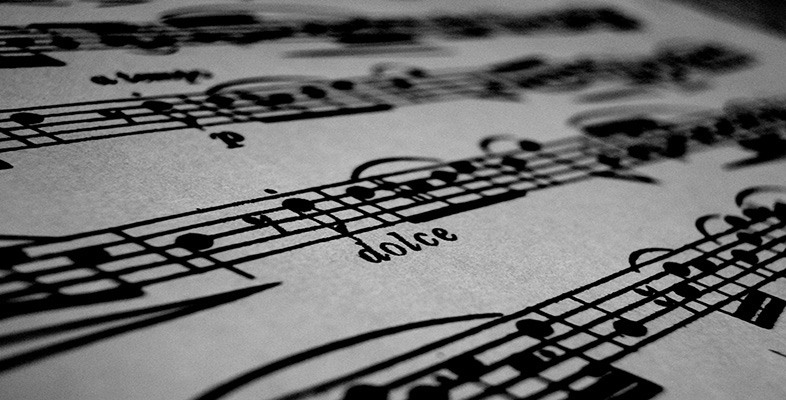3 Changing patterns of reception: concert culture, recording and broadcasting
3.1 Concert culture
Changing performance contexts are a feature of many musical traditions around the world. But how do such changes affect music, if at all? When the context and social organisation of musical performance change, the expectations of audiences and their relationship to performers also change, and we might expect music itself to change too. Although this is a complex issue, and there are also factors which can counteract this tendency to change, this expectation does seem to hold true in many cases. It is therefore well worth our considering some of the factors influencing changes in the reception of music over the last 100 years or so.
One of these factors, which I will mention only briefly, is the spread of the European-style concert. By this I mean the adoption in various societies of many of the norms of concert performance, such as the use of auditoria in which the performers are physically separated from the audience (usually on a stage); the practice of audience members usually paying for entry, and sitting more-or-less quietly during the performance before applauding at the end of each piece; and of performances, which occur mainly in the evenings, having definite beginnings and endings and lasting for roughly 2–3 hours. This concert culture has become more of a factor in modernised urban societies, where (almost by definition) Western influence is greater. It presents a model for musical performance, and is one of many ways in which the West has influenced the rest of the world in the last century or so.
